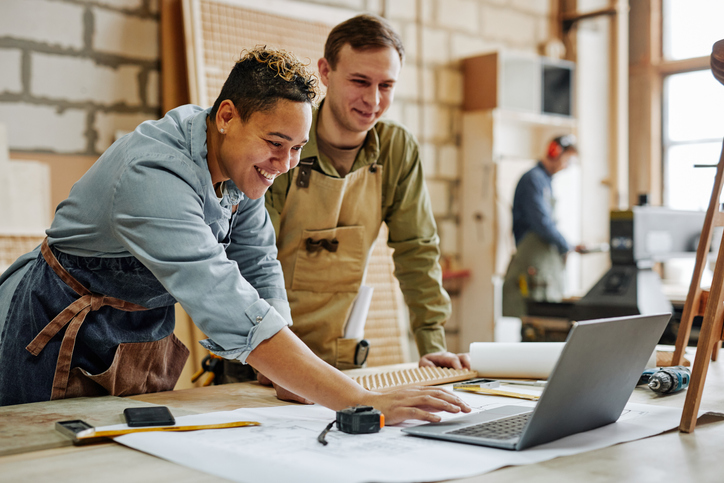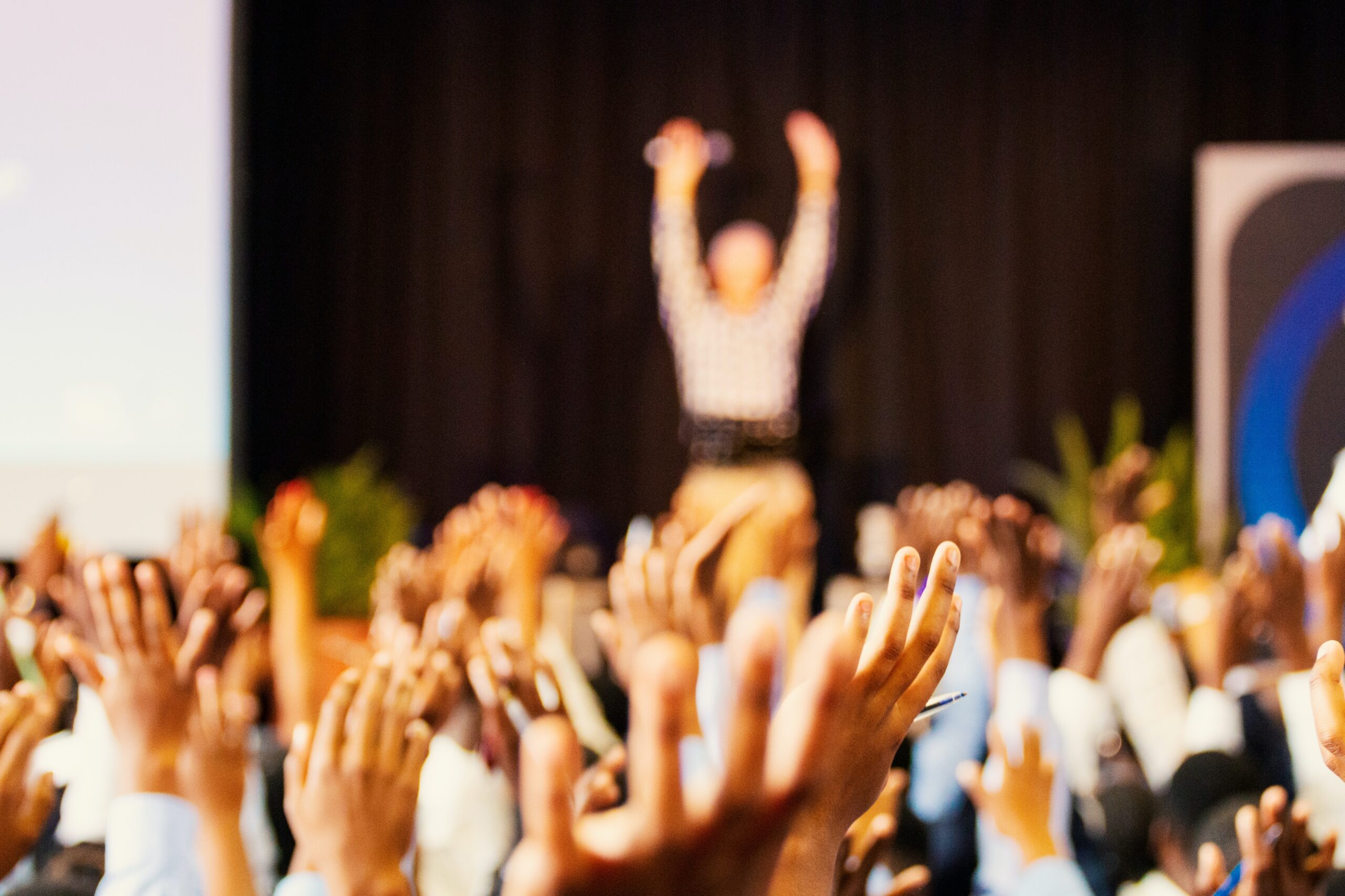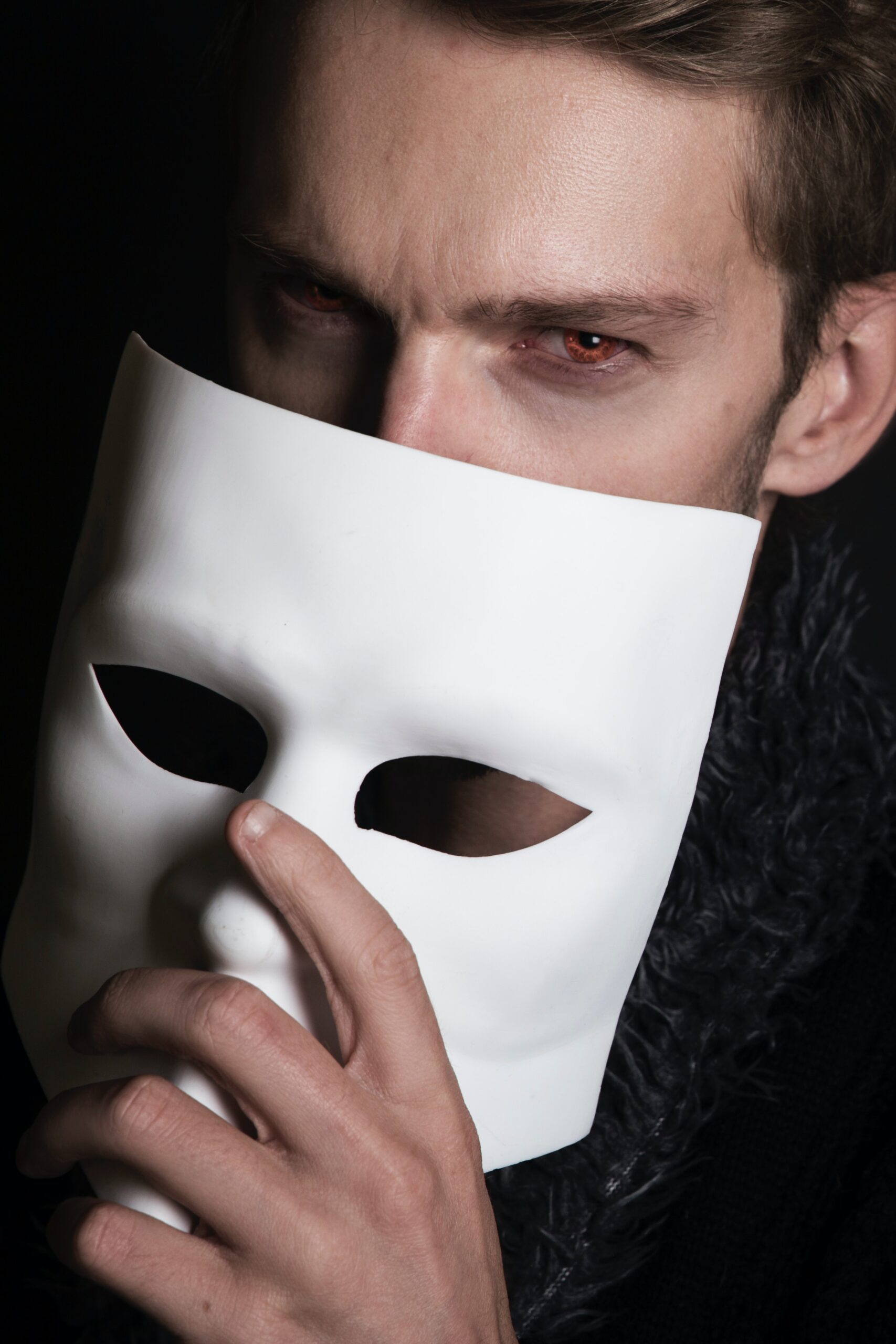How $43,000 Got Stolen From A Small Business In The Blink Of An Eye
What you are about to read is a real story showing you how a business can be devastated by cybercriminals in the blink of an eye. Most importantly, I’ll share several ways this could have been avoided. Make sure to forward this to anyone who might be making online payments and, better yet, your entire staff. The name of the company and principals have been withheld so they don’t become a further target. $43,000 Gone In The Blink Of An Eye Imagine, on a normal Friday night after a long week of work, you glance down at your phone and see an alert from your bank. You open it to find that you’ve just paid a company you’ve never heard of $43,000! This was an all-too-real situation for one small business owner a few weeks ago – and there’s NOTHING the owner, or police, or anyone else can do to get that money back. It’s gone forever. Thankfully, for this company, $43,000 was a loss they could absorb, but it was still a huge hit and, frankly, they are lucky they weren’t taken for more. Here’s what happened and how you can keep this from happening to you. The E-mail That Started It All Imagine receiving an e-mail so convincing, so utterly devoid of red flags, that you find yourself compelled to act. This isn’t a failure of judgment; it’s a testament to the sophistication of modern cyber threats. In this case, an employee in the accounting department received an e-mail from the company’s “CEO” saying they were starting to work with a new company and needed to get them set up in the system and make a payment to them right away. This was NOT an abnormal type of e-mail, nor was the amount anything that aroused suspicion – they made and received large amounts of money often. The only telltale clue might have been that it came in on a Friday afternoon and it was made clear that it was an urgent matter that had to be handled right away. The employee, thinking they were doing exactly what their boss wanted, set the attacker’s company up in the system, including their bank routing number, and made a payment. And the minute they hit “Send,” the money was never to be seen again. It wasn’t until the CEO called minutes later, after receiving notification of the transfer, that alarm bells started to ring! But by then it was all too late. So What Happened? While it’s impossible to know what exactly occurred to kick off this chain of events, the most likely culprit is that an employee, possibly even the owner, received an e-mail sent by a cybercriminal weeks or even months earlier that allowed this person to gain access to some of the company’s systems. In all likelihood, the e-mail looked normal and had a link that, when clicked, downloaded software onto the recipient’s computer, and that’s where things started to go wrong. Over the following weeks, the cybercriminals accessed company communications, figuring out who the players were, and devised a plan to make it look like the CEO needed a vendor to be paid urgently. And when the criminals determined the time was right, they “attacked” and walked away with $43,000 for their efforts. Home Alone While this scenario may sound far-fetched, it’s not new. If you remember seeing the classic movie Home Alone, would-be thieves watched houses immediately preceding Christmas to determine which families would be away for the holidays so they could break into those homes. Cybercriminals do the same thing, but from a distance, and you’d never know they were ever there. The scary fact is, your system could be compromised right now, and you would have no way of knowing it, until an attack happens. In the cybercrime world, the kind of attack this company suffered is referred to as spear phishing. Criminals identify a single point or person in an organization who they believe could fall victim to a scam like the one that happened here, and they engineer a scheme to specifically target them. What You And Your Employees Need To Know To Help Thwart Attacks The sad fact is that there is no 100% safeguard against cybercriminals. But, just like our robbers in Home Alone, cybercriminals go after the low-hanging fruit. If your house has a gated entry, security system, outside cameras and lights, and has three vicious-looking dogs roaming around, would-be thieves are much more likely just to move on to a house without all these layers of security. Cybercriminals operate in the exact same fashion, looking for companies that aren’t protected and then targeting them specifically. So, the best thing you can do is have layers of protection for your company, along with education for your employees. 3 Things To Do Right Now To Protect Your Company Whatever You Do, Don’t Do This!!! Maybe the worst thing the owner of the company that lost $43,000 did was they then posted a video and story on social media. While their intentions were good because they wanted to warn other business owners not to fall victim to the same scam, they might as well have had T-shirts made with a big target on the back. It’d be like having cash from your house taken, then going online and telling people exactly how it happened – you’re just inviting more people to come try to take your cash. Not Sure If You’re As Protected And Prepared As You Should Be? To make sure you’re properly protected, get a FREE, no-obligation Cyber Security Risk Assessment. During this assessment, we’ll review your entire system so you know exactly if and where you’re vulnerable to an attack. Schedule your assessment with one of our senior advisors by calling us at 774-241-8600 or going to https://centrend.com/contact/
How $43,000 Got Stolen From A Small Business In The Blink Of An Eye Read More »









